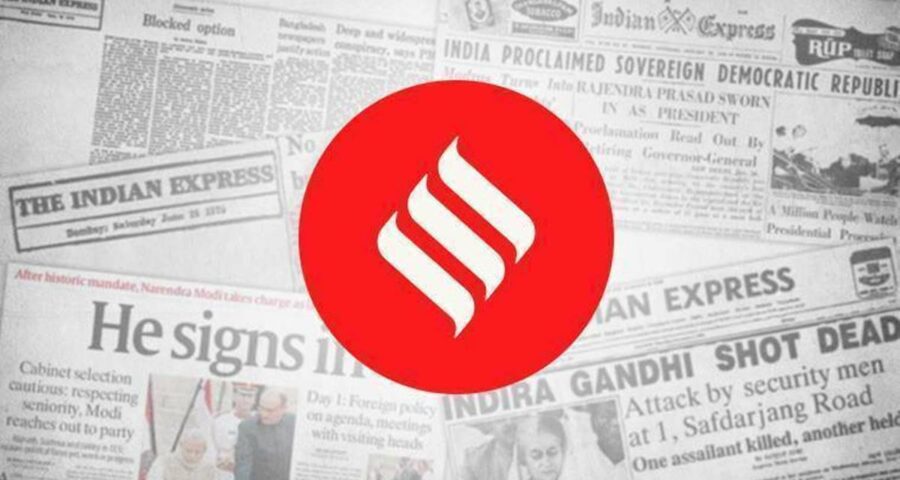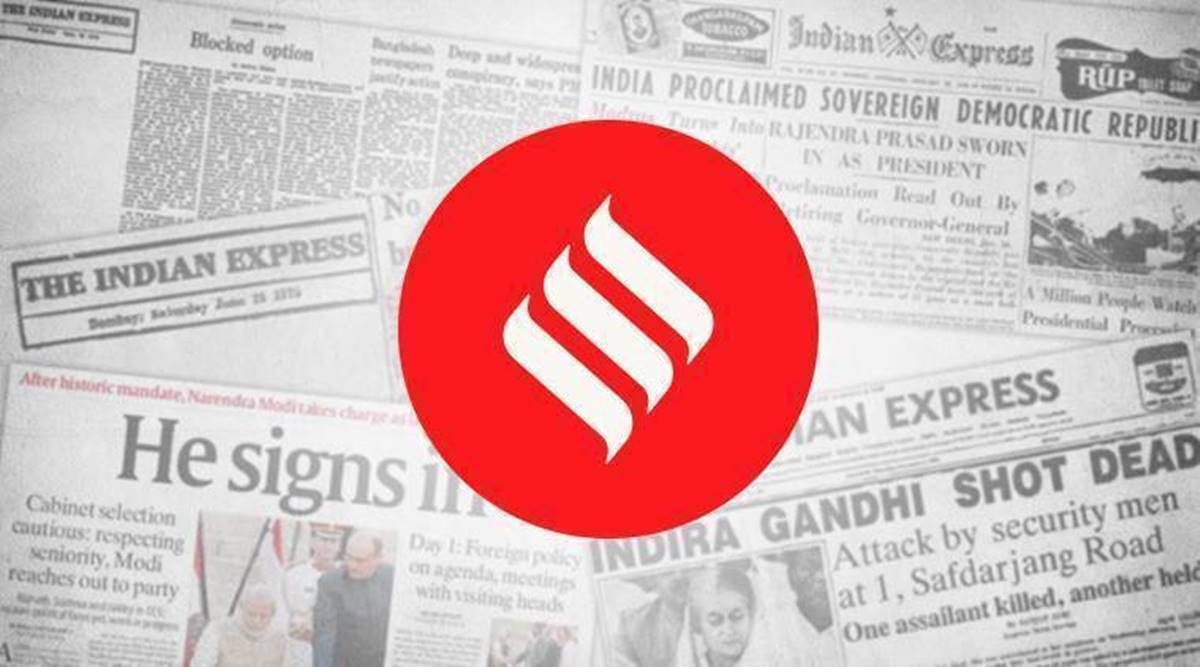Setting up a bad bank may help to clean up banks’ balance sheet. But it should not be used to taper over structural deficiencies.
The idea of floating a bad bank to tackle the worsening asset quality of the banking system in India has surfaced once again. RBI governor Shaktikanta Das recently indicated that the central bank could consider it to address the issue of stressed loans in the system. This comes after stress tests carried out by the RBI, published in its latest financial stability report, found that gross non-performing loans of the banking system could rise to 13.5 per cent of advances by September 2021, up from 7.5 per cent last year. The Economic Survey 2016-17 had also argued in favour of setting up a “Public Sector Asset Rehabilitation Agency” to help tackle the problem of bad loans. There is a reasonable argument to be made in favour of setting up a bad bank. Such an institution, by taking over the stressed loans off their balance sheets, will leave the banks unencumbered to lend — reviving credit growth is after all critical for a sustainable economic recovery. And as loans of a stressed entity are often held across several banks, aggregating them into a single entity may pave the way for a quicker, more effective restructuring of the loans. However, before proceeding, several concerns need to be addressed.
First what kind of loans will be taken over? Will only those loans that have turned stressed due to the economic distress stemming from the COVID-19 pandemic be included? Or will loans extended to firms in sectors like power and real estate, which had soured even before the pandemic had hit, also be brought into its ambit? Considering that banks have in the past been reluctant to decide on the extent of haircut they were willing to take, how will the prices at which these loans are transferred to the bad bank be determined? Who will absorb the losses? And will the new entity be professionally managed, operating at an arms length from the political dispensation? Or will political considerations influence decision making?
There is also the concern that setting up a bad bank will free lenders from the repercussions of their actions. And if allowed, there may not be any incentive for banks to focus on the quality of credit extended, or for them to monitor loans, and guard against ever-greening. While the idea of setting up a bad bank may sound appealing, this once in a generation crisis must not be used to taper over the inherent problems in the banking system. A bad bank does not address the structural weaknesses in public sector banks. Neither does bank recapitalisation. The larger systemic issues need to be attended. The upcoming budget must lay out a clear roadmap on how the government plans to address the weaknesses in public sector banks.
Source: Read Full Article


